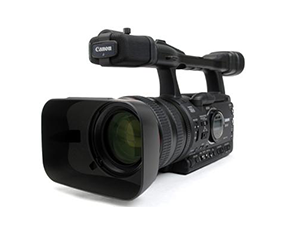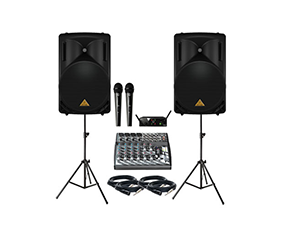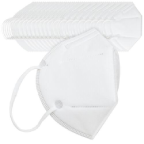|
Weegee the Famous In the world of photography not too many people recognize the name Usher Fellig. Even when you use the name given to him by the New York immigration department in 1910 - Arthur Fellig - not many people are familiar with him. It is not until you ask someone if they’ve heard of a photographer who in the 1938 used the pseudonym “Weegee” that they know his name. Sometimes you might need to explain that it is spelled Weegee not Ouija, (the later is the spelling of the Hasbro fortune telling game that myth tells us his nickname came from.) Weegee earned his nickname for his keen sense of being at the scene of a crime and taking photographs, in many cases even before the police arrived. The truth was that Weegee had a police radio in his car and constantly monitored the device, listening for the perfect crime that would be the most read about in the morning’s newspaper. Many called Weegee the first “ambulance chaser”. His flashy charisma helped him get the pictures that sold. When he turned in his plates to the newspaper paying the highest dollar amount, stamped on the back was “Credit Photo by Weegee the Famous”. Modest he was not and that was the difference between an average news photographer and Arthur Fellig. Who was Weegee? Born June 12, 1899 in Austria, Usher Fellig migrated to the United States in 1910 and had his name changed to Arthur. By the time he was 14 years old Weegee had his first photography job as a tintype photographer [The tintype produced on metallic sheets instead of glass. The plate was coated with collodion and sensitized just before use, as in the wet plate process]. Within a few months Weegee assisted a commercial photographer for several years until, the pressure of the dreary work brought him back to the streets as a portrait photographer. Weegee photographed the children on the Lower East Side sitting on the prop he used; a pony. This new career lasted only a short while as the pony was too expensive to care for. Weegee roamed around New York City for the next few years, doing meaningless low-labor jobs and landing any photography work he could find. It was not until he was 25 that he landed a job at Acme Newspictures as a darkroom technician and part-time news photographer. This would mold his photography style over the next ten years, launching a freelance career that would change the way press photography was captured. In 1935, Weegee, now a freelance news photographer, set his camera on the Manhattan police headquarters and captured some of the most well known criminals on film. For the next 12 years Weegee recorded his most legendary images around the Lower East Side, NY Police, NY Fire, Sammy's Night Club, Coney Island, Times Square, Harlem and many more areas within New York City. His fame was so celebrated, that by 1940, he was able to choose what news assignments he wanted to cover and in many cases, created his own projects. As World War II was ending in 1945, Weegee was working as a photographer for Vogue magazine and had just published his first book ‘Naked City’. His celebrity was well on its way. In previous years he had seen his work hang on the walls of the Museum of Modern Art, New York, in their exhibition, “Action Photography”. His experiments with 16mm movies were just beginning and it was just a matter of time, say 1948, that Hollywood would come calling to turn his book ‘Naked City’ into a film. For the next twenty years of his life, Hollywood became a second home to the photographer. He did extra work, consulted on films (Dr. Strangelove) and even created a unique style of 16mm Black and White shorts. Through the 1950’s and into the 1960’s Weegee’s camera work took him all over the world, from U.S.S.R. to Germany, exhibiting and lecturing on his unique style of photography. Working for the Daily Mirror gave him the freedom to travel all through Europe. His new, unique style titled ‘Distorted Portraits’ was published in the 1955 July issue of Vogue. Weegee’s experiments with various lenses continued and became some of the most innovative avant-garde photographs of the time. While he was alive, Arthur Fellig had various books written about his photography and life, his photo exhibitions were displayed all over the world; and an Oscar winning motion picture was made based on his photos of New York City. In 1968, at the age of 69, Usher Fellig died in the city he loved. His style has been copied but never enhanced. He was a groundbreaking man with a camera who will be remembered for his noir style photography of early 19th century New York City. Official Weegee Website |
|














































